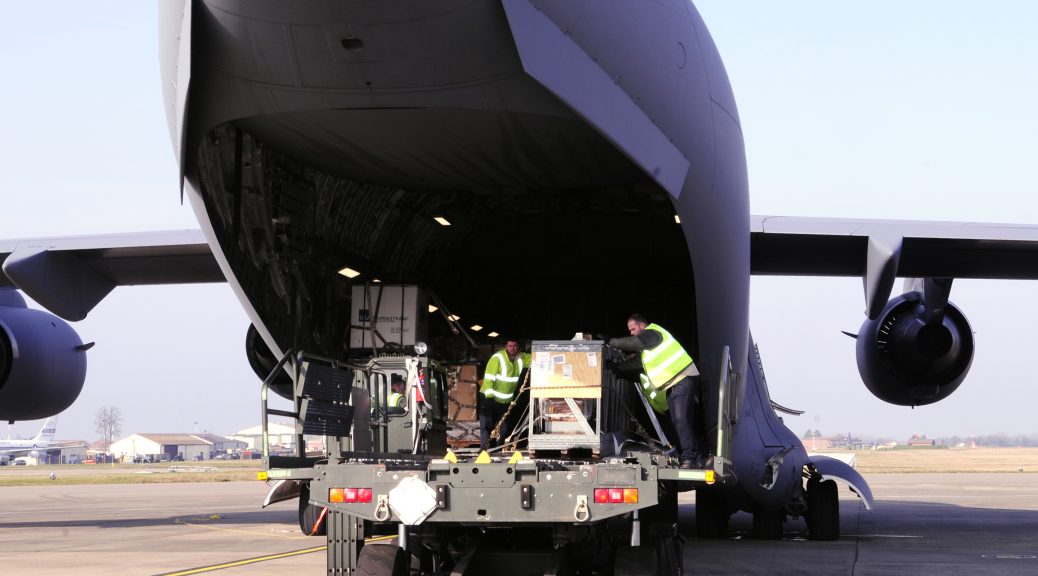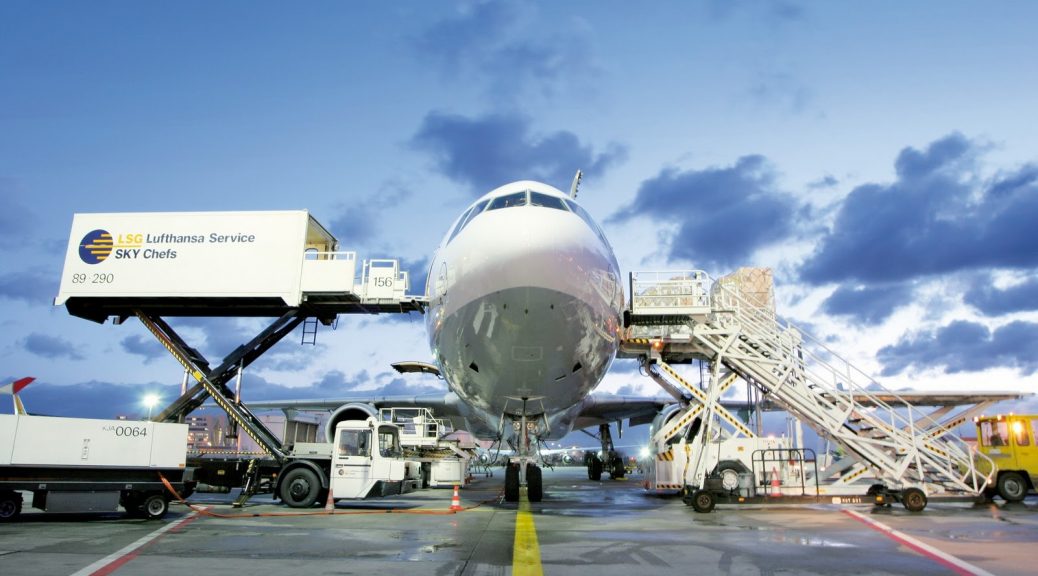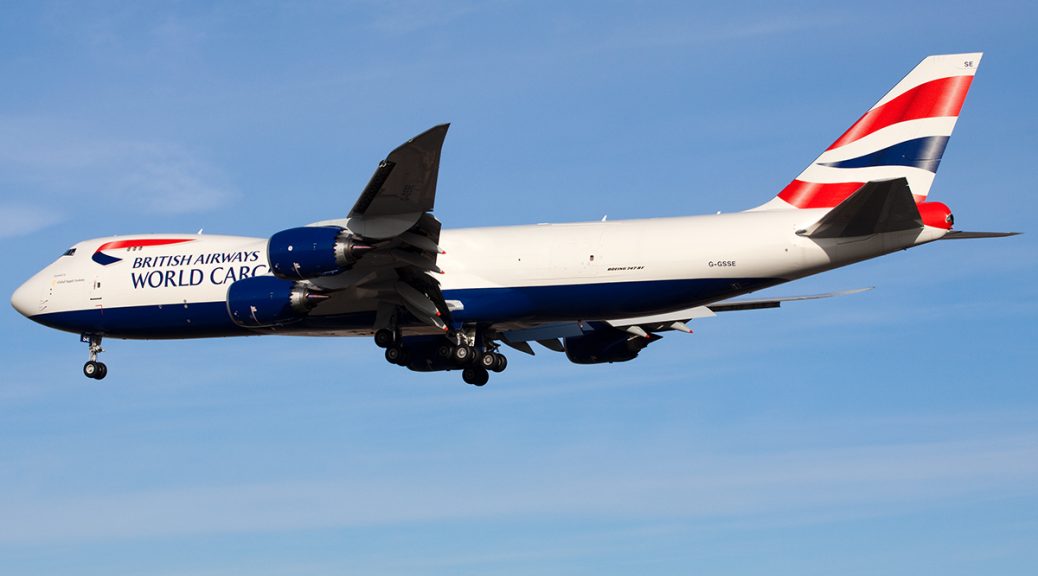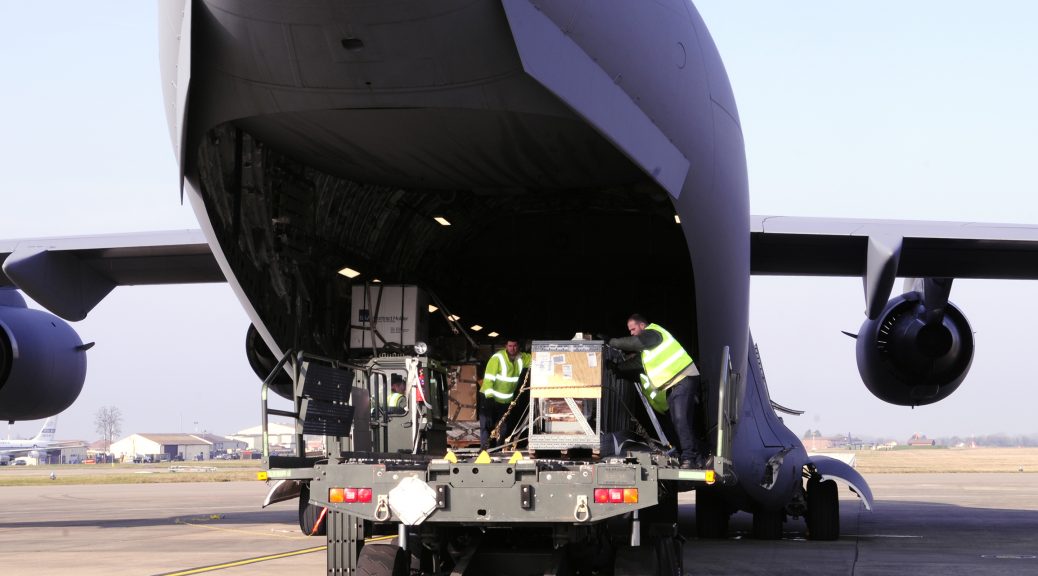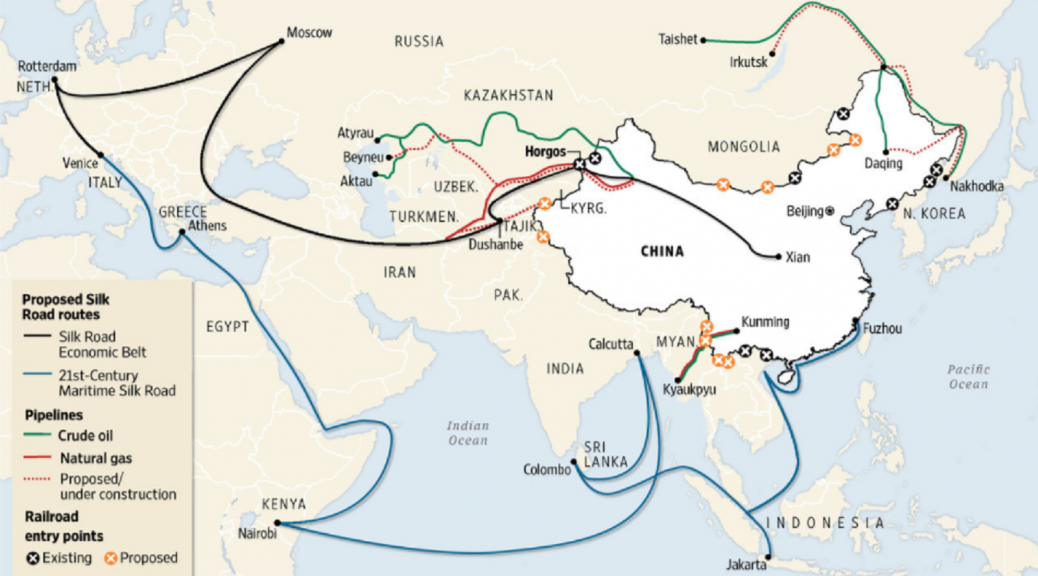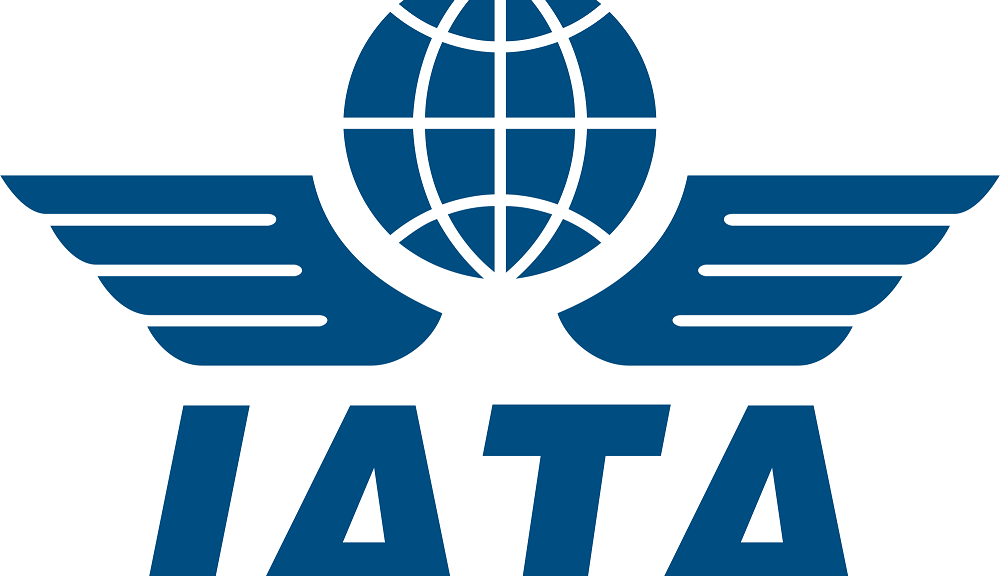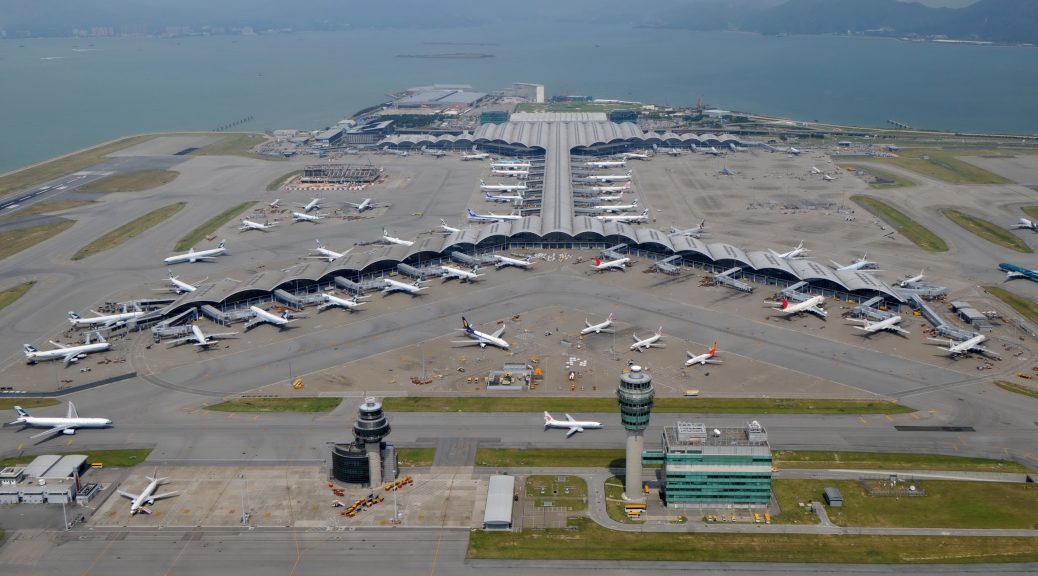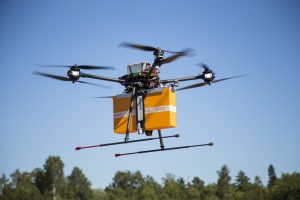The future of the air cargo industry will depend on our ability to listen to customers – and to then apply the insights we gain to create systems and processes that put their needs at the heart of the way we all work. That was the main focus of a speech made by Alexandre de Juniac, Director General and CEO of the International Air Transport Association (IATA) when he spoke at this year’s 11th World Cargo Symposium in Abu Dhabi.
Progress required
Mr de Juniac made the comments on the back of a positive start to the year for air cargo markets around the world – which has seen growth on the up after a number of years of stagnation. However it is clear that much of this growth has happened despite – rather than because of – the systems that the industry uses. This needs to change, says Mr de Juniac – with the focus falling on two key areas where real progress can be made – firstly introducing simple, modern electronic processes, and secondly looking at how our businesses can quickly and flexibly meet specific customer needs.
Time to listen
“Listening to the customer has never been more important,” he says. “The positive forces currently supporting growth are good news. But our customers are telling us that they expect more. Complicated and convoluted paper-based processes that are basically unchanged from the 16th century are still being used in air cargo today. Our customers pay a premium to ship by air and they rightly expect modern processes and high quality services.”
Rapid response
“Shippers today want responsive services based on intelligent systems able to self-monitor, send real-time alerts and respond to deviation. Technologically speaking, this is totally possible. The key to this and other innovations is using data efficiently and effectively. Finding solutions to unfulfilled (or even unrealized) expectations creates value for customers. And that propels a business forward.
Time to work smarter
Ignazio Coraci comments: “Technology offers so many potential solutions to problems that are currently detrimental to the experience that air cargo customers are having. Much of this technology already exists – or will do very soon – and it’s absolutely critical that as an industry we doing everything we can to embrace this and improve the service we provide.”
